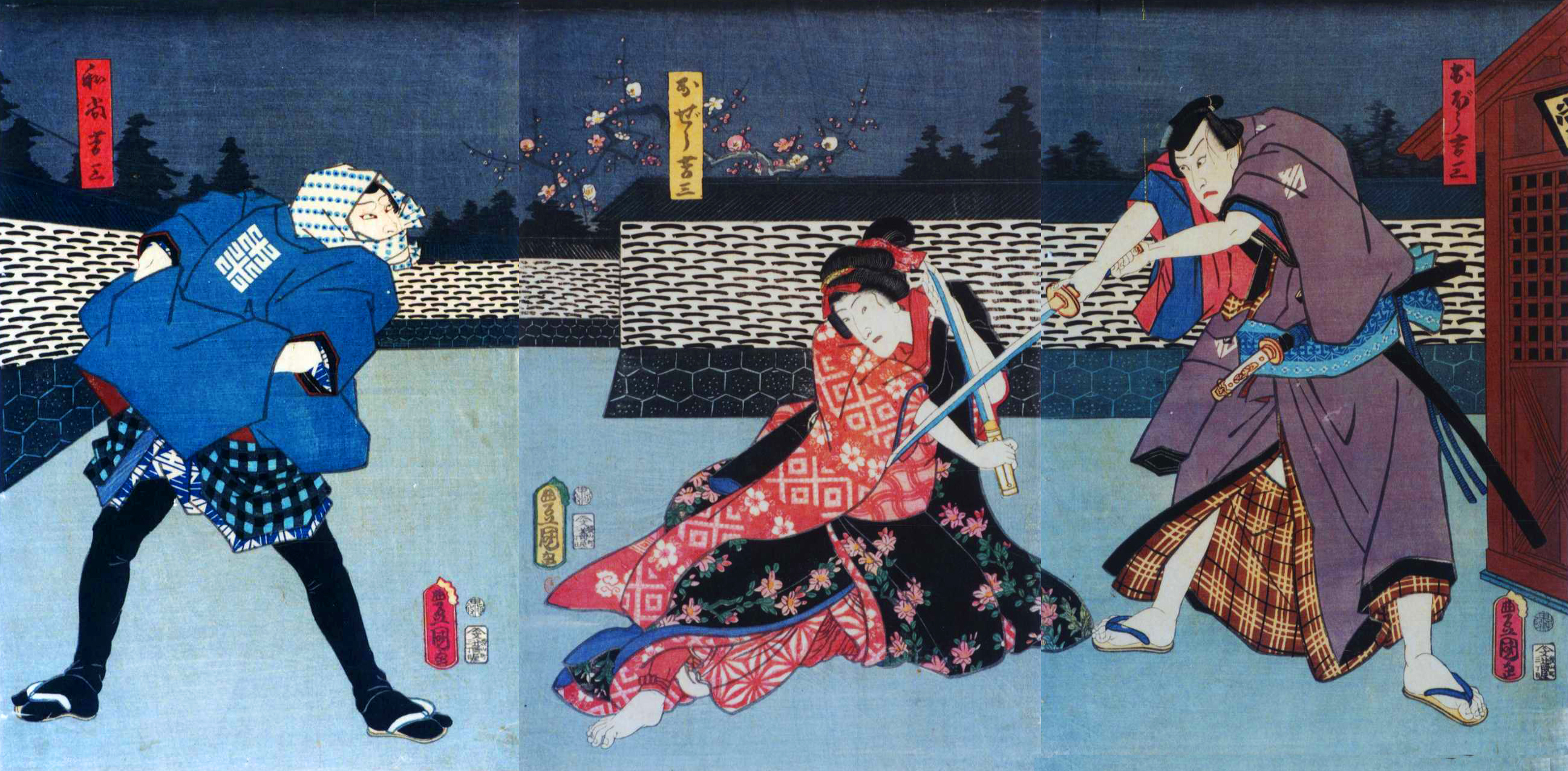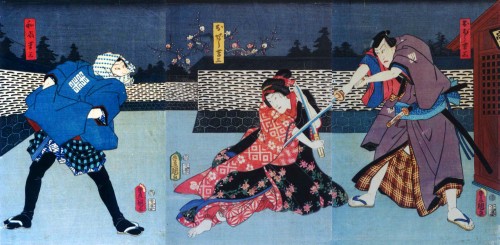Here are some whimsical tales to tickle your funny bone on this Friday.
When Macready opened in “Lear” at the Nottingham Theatre the “property man” received his plot for the play in the unsual manner, a map being required among the many articles–(map highly necessary for Lear to divide his Kingdom.) The property-man, being illiterate, read mop for map. At night the tragedy commences; Macready, in full stage on his throne, calls for his map; a supernumerary “noble,” kneeling, presents the aged King a white curly mop. The astounded actor rushed off the stage, dragging the unfortunate nobleman and his mop with him, actors and audience wild with delight.
-The New York Times. February 6, 1881
Imagine King Lear being handed a mop! Priceless! This next chestnut is quite a gem as well.
The other night the critical scene in “Iris,” in which Oscar Asche “breaks up housekeeping,” was almost spoiled by a property man. To avenge a fancied wrong the man glued down the vases on the mantle which Mr. Asche breaks first. When that trying scene came Mr. Asche turned Iris into the streets as usual, and turned to the vases. With a sweep of his hand he struck them. They were so firmly glued, however, that only the tops were broken by the blow–and Mr. Asche’s hand incidentally bruised. A property man is now looking for a new job.
-The New York Times. November 2, 1902
Oh that wacky property man! This final anecdote takes place at one of the first theatres I worked at professionally.
Another story which has to do with edibles on the stage used to be told by Joseph Jefferson, who described the incident as happening in the early days of the Walnut Street Theatre in Philadelphia. “Camille” was the piece that was being played and all was going beautifully. Then came a scene between Camille and Armand, in the course of which a a servant was to enter with lights. “In those days,” said Mr. Jefferson, “Sea Island cotton was stage ice cream, just as molasses and water was stage wine.”
Armand and Camille were seated at the table and the crowded house was rapturuously following their scene. Then in came the maidservant with the wobbliest sort of a candelabrum, but the scene was so tense that nobody seemed to notice her. However, as she set down her burden between the lovers one of the candles toppled over and set fire to the ice cream. That was more than the audience could stand and the curtain was rung down.
-The New York Times. June 5, 1910
Sounds like that show was “on fire” that night! I hope these quirky little tales leave you smiling for the weekend.





